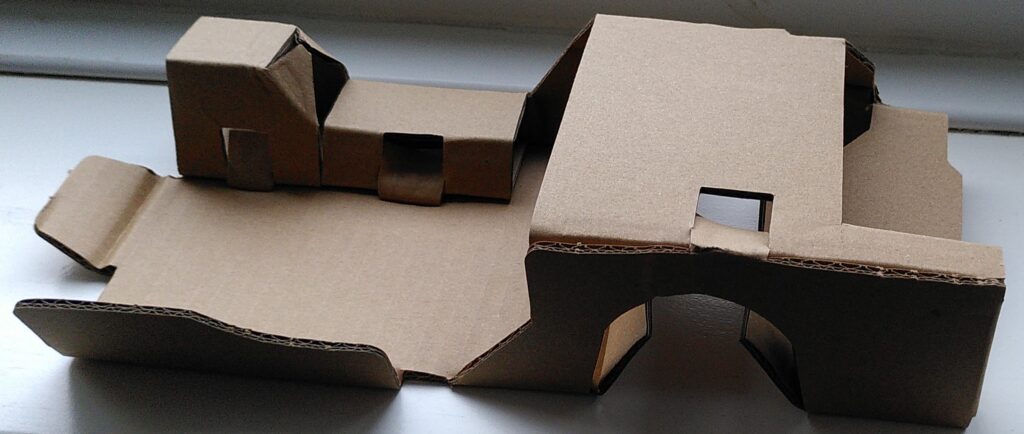Ruth asked me try to explain AI briefly, so here goes.
AI is, of course, Artificial Intelligence but, as no-one really knows what intelligence is, that isn’t very helpful. Artificial means that it is intelligence shown by a machine, though if we could engineer soft tissue that would probably count too. You get the idea that an explanation is not easy.
Alan Turing, of code-breaking fame, came up with the basic test, that if you can ask questions and you can’t tell whether the answers are coming from a human or not, then you could be witnessing AI. That is worth holding on to, but it is a bit simplistic to help us with what is going on around us with the sudden rapid growth of AI.

Let’s look at some example tasks.
What age are children before they can add up numbers? That is clearly a task that requires intelligence, but it something you can do with a calculator. A modern calculator is a step up in the scale of development, in that it can carry out a series of instructions, for instance to calculate an average.
What about the computers that we all have in our hands and on our desks and that have been helping with many of our affairs in the background for the last 70 years? Those can carry on doing things speedily, accurately, and repeatedly, without having to be told what to do every step of the way. These machines add very important extras to the calculator that include the word IF (IF Something is True DO Something, Otherwise Do Something Else). The quality of the outcomes of what these machines do is entirely dependent on the quality of the intelligence of their commissioners and developers.
Some tasks, such as playing chess or predicting the weather, are so complicated, that we have to introduce more complex statistics into the decisions and the outcomes become less predictable. This means that the systems can be less reliable. It is worth remembering that they are probably still more reliable than we would be, just as the calculator is better than we are at doing the calculations, providing we give it the right calculations to do. Systems like this have been proven to be better at some medical diagnosis than the average doctor, because they encapsulate the experience of the very best doctors.
What if we know that a task that we want a machine to help with is so complex that we haven’t got the time or ability to work out exactly how to give it the instructions to do the task to our satisfaction? The answer here is that we let the system make its own decisions about the accuracy of the statistical choices used in some of the IF controls. The system keeps a history of its decisions and of the success or failure of the outcomes. It uses this information to adjust its statistical controls. The system is said to be Learning. The developers can give it a training period with lots of practice and then release it into more serious situations when a certain level of competence has been reached. A good example of this is the driverless cars that are being tested on the road. They had their training period off road and are now testing out in real world situations. This is probably what we would call AI.
What About Control?
Going back to Frankenstein’s Monster and beyond, a sensible concern has been the risk of producing something that we can’t control. I have already used two examples where control creates doubt. Giving medical diagnosis to machines seems risky to most people and driverless cars create similar worries. Yet in both these cases it is arguable that the outcomes would be better if we handed over control.
This matter of control is very difficult to understand and discuss. It hits one of the key weaknesses of the brain, the ability to judge probability and risk. At one level we do it all the time and pretty successfully, without consciously thinking about it, but there are lots of situations where we are very bad at it.
Examples of what AI can/could do
An AI controlled tractor can move through a field preparing ground, sowing seed or harvesting crops quicker and more efficiently than a human controlled one. It can take notice of weather and other matters to make choices.
An AI controlled factory can/could control machines, incoming and outgoing stock, transport plans and keep track of what is being done. It can do this based on current orders, past and developing trends.
An AI controlled transport system could alter routes in real time depending on current conditions.
AI can look at vast amounts of data and pick out patterns that we would quite likely never pick out. In this way it can/could, for instance, design medicines much quicker than we ever could.
This brings us back to the amazing Elon Musk. He is looking at examples like those above and thinking how quickly they have become possible and what further possibilities there are. He is not a person suffering too much from doubt.
Is it all AI?
No. Some of the things that computer systems are doing are arguably not AI, but they are still fairly scary.
Holding information on what people and their friends show interest in on social media and using this to target ads and limit offered content, is probably not AI.
There may be some AI involved in flying and targeting weaponised drones, but they are most often human controlled and still dangerous.
What is AI bad at?
There is a long list but a delivery we had today highlights a general trend. The message said that the delivery should come between 10.53 and 11.56. This is an example of what I call spurious acuracy. Generally we would recognise immediately pointlessness of the minutes in those times. A machine of any sort has trouble with our generalisation/rounding habits. On the other hand those habits are quite hard to justify.
Back to the Origami
The picture of a cardboard structure at the top of this piece is a piece of packaging from a vacuum cleaner box. It is extremely clever, coming from a single piece of card as it does. It is strong and easily recyclable. Having all the device pieces in sturdy boxes with sturdy dividers means that they can be stacked higher and moved about more efficiently, probably using automation. Costs can probably be reduced overall. Whether AI played a part in this is in doubt, but computers certainly did in, so many ways. Whether that is a good thing overall is a much more complicated question and its elegance of design still doesn’t enamour me to James Dyson.
